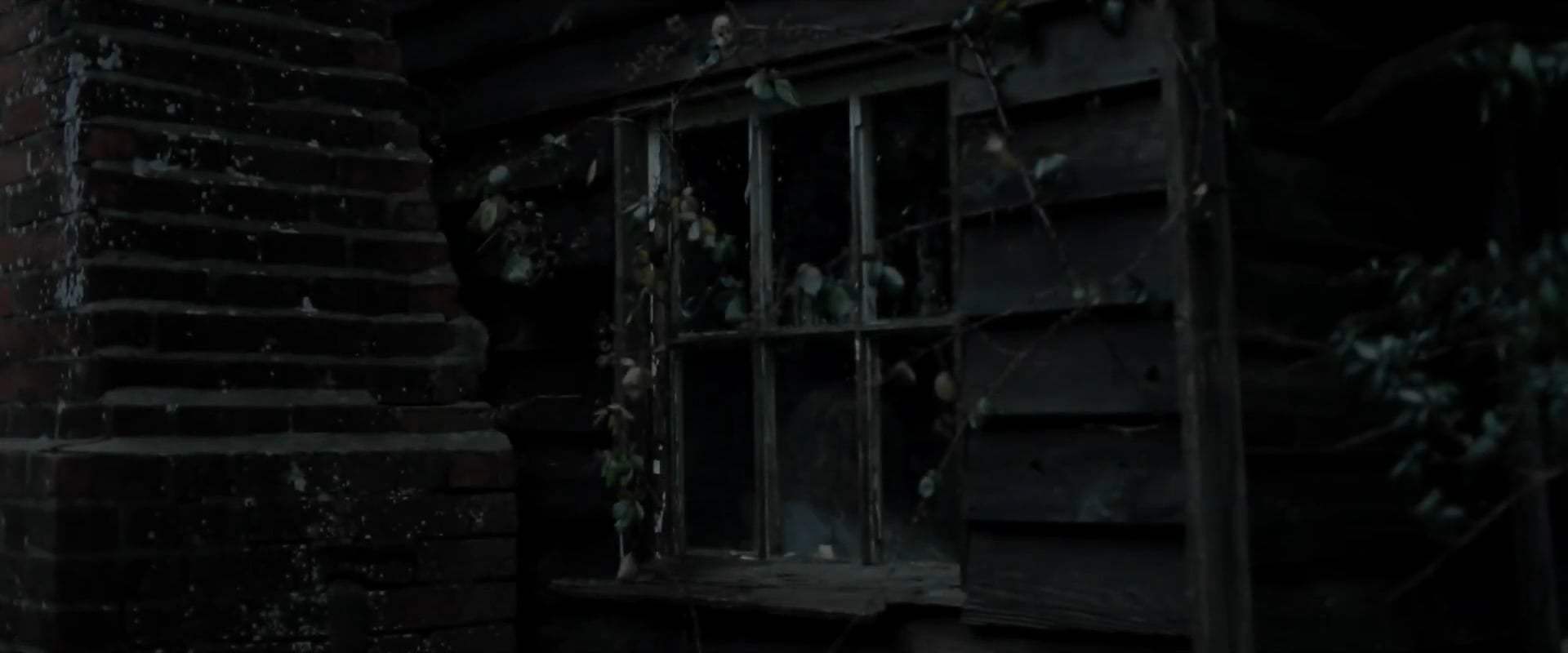b
Because I Loved Her: A Review of Relic (2020)

Relic is a beautifully thought-provoking, empathetic horror film, and a promising directorial debut from Natalie Erika James, who also co-wrote the screenplay. It is a specimen of that rare horror movie which is also heartbreaking and emotionally disturbing in more subtle ways than straightforward horror, venturing outside the regions of pure terror. At the same time that it is viscerally and conceptually scary, it is also incredibly sad and ultimately an emotional narrative. Thus, despite the fear and dread it provokes, it has a quiet core, which is humanly sad and fraught with existential horror. Relic has a steadily building sense of chilling foreboding, an achingly haunting quality, and a subdued sense of devastation. Eerie, desolate, and atmospheric, deprived of ghosts but invested with emotional weight, it possesses a somber, grave, rending passionateness. What it has to reveal, and what it treats of, is more dreadful than any monster or gruesome murder could be. It also shows imaginativeness in terms of what a horror movie could be a vehicle for, demonstrating a fresh sense of possibilities for a genre which often lacks emotional complexity or depth.